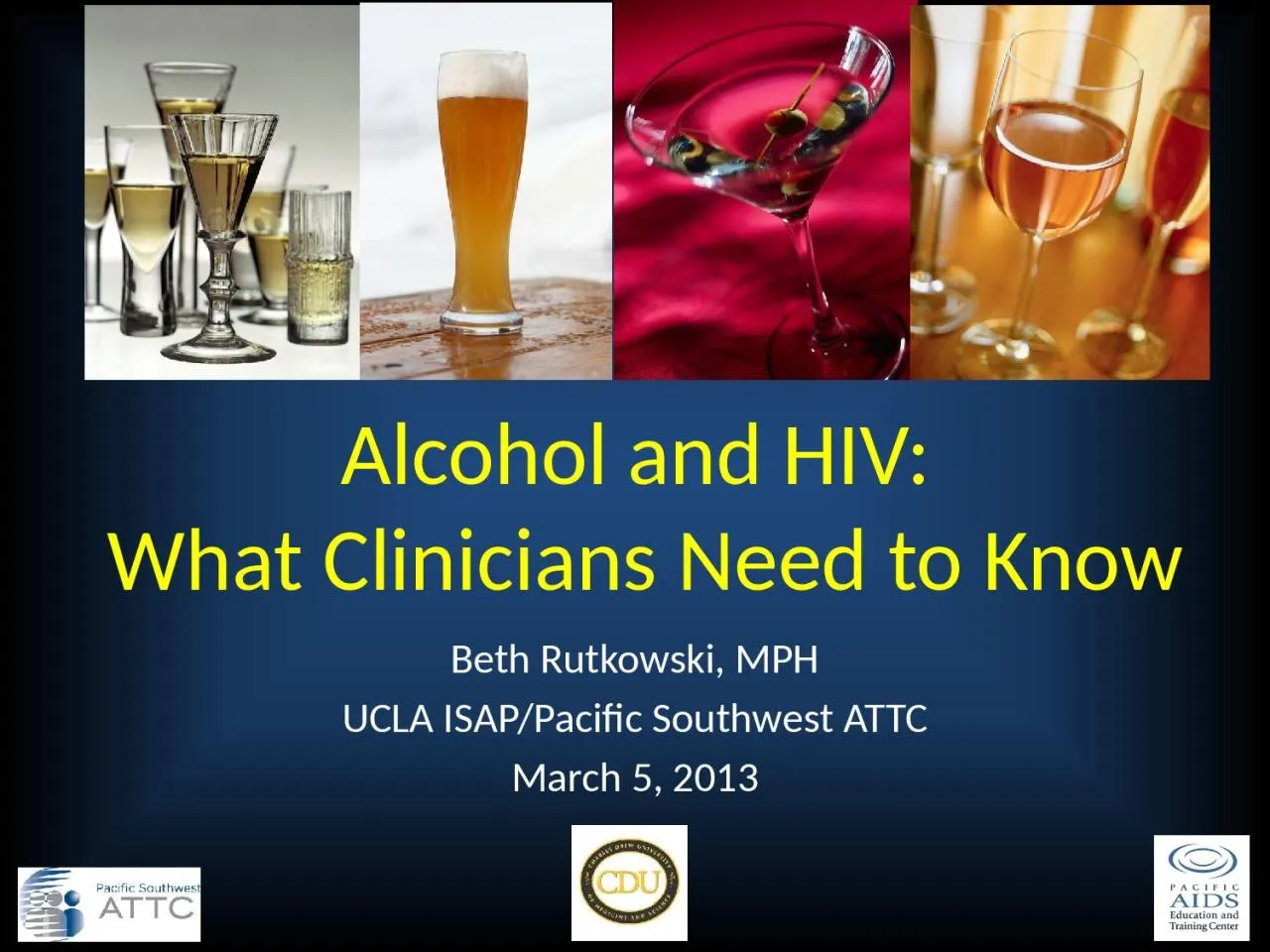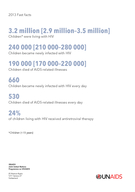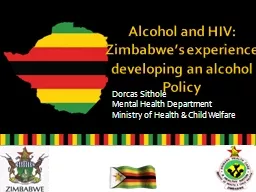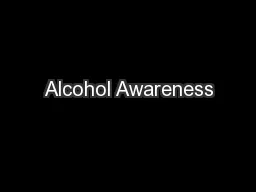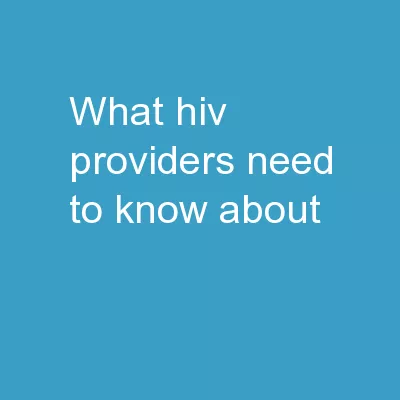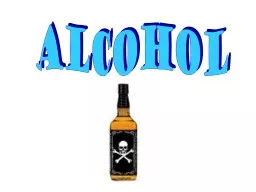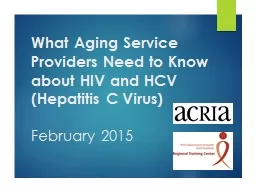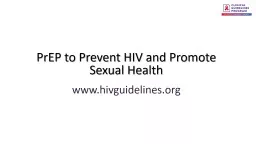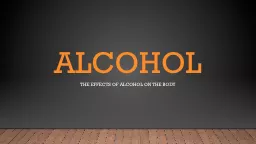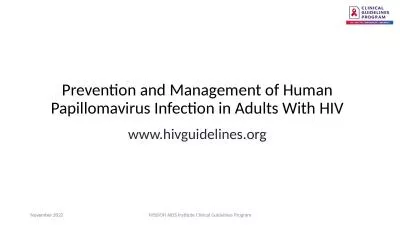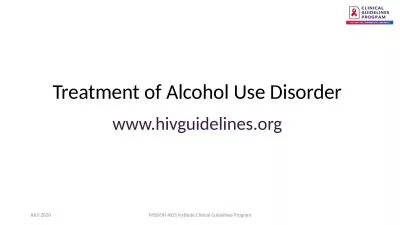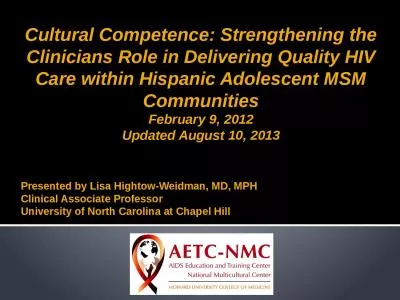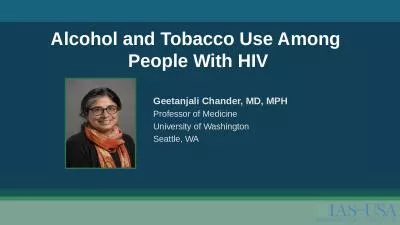PPT-Alcohol and HIV: What Clinicians Need to Know
Author : tracy | Published Date : 2022-05-31
Beth Rutkowski MPH UCLA ISAPPacific Southwest ATTC March 5 2013 Training Curriculum Collaborators Pacific AIDS Education and Training Center Charles R Drew University
Presentation Embed Code
Download Presentation
Download Presentation The PPT/PDF document "Alcohol and HIV: What Clinicians Need t..." is the property of its rightful owner. Permission is granted to download and print the materials on this website for personal, non-commercial use only, and to display it on your personal computer provided you do not modify the materials and that you retain all copyright notices contained in the materials. By downloading content from our website, you accept the terms of this agreement.
Alcohol and HIV: What Clinicians Need to Know: Transcript
Download Rules Of Document
"Alcohol and HIV: What Clinicians Need to Know"The content belongs to its owner. You may download and print it for personal use, without modification, and keep all copyright notices. By downloading, you agree to these terms.
Related Documents

